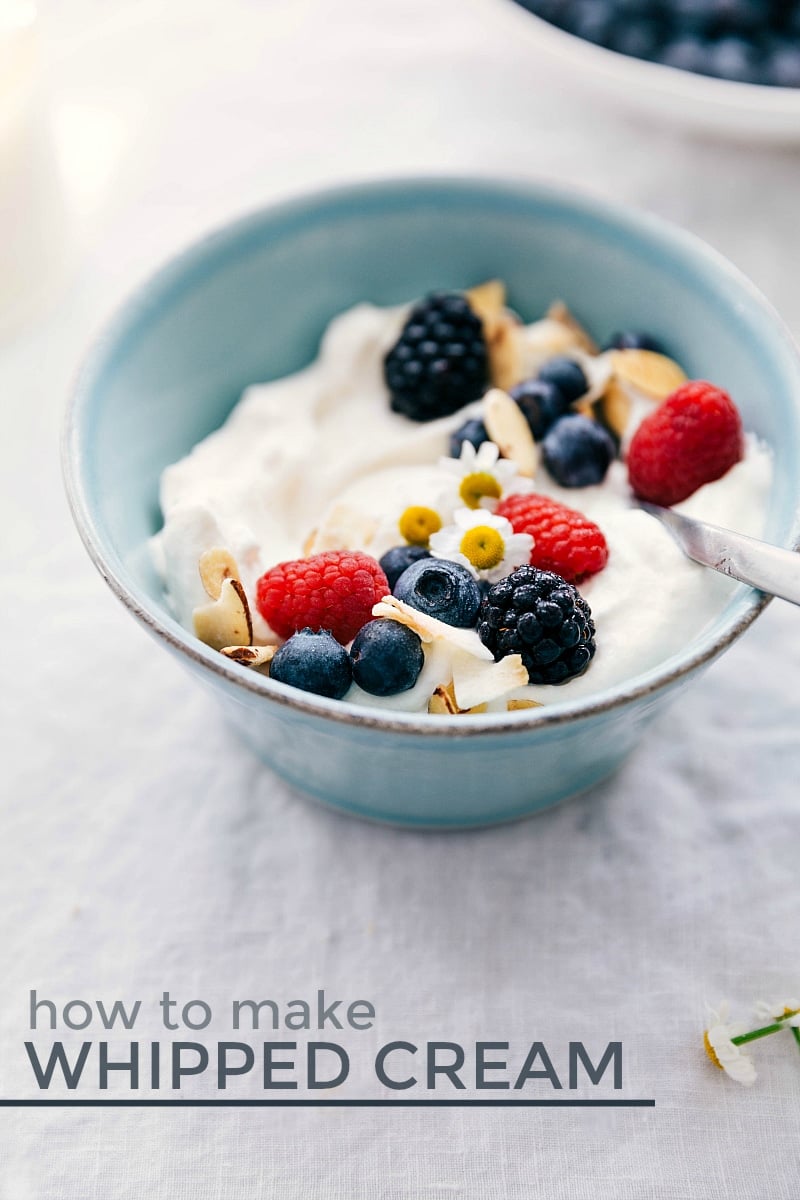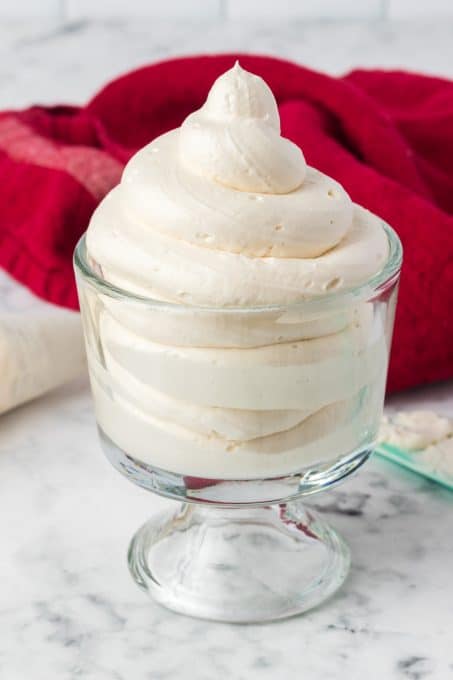
Whipped Cream Conundrum: Outsmarting a Broken Can
I stood in the kitchen, a culinary catastrophe unfolding before me. My whipped cream dream had turned into a sticky mess, thanks to a malfunctioning canister. The cream refused to cooperate, clinging stubbornly to the broken can’s interior. Determined not to let whipped cream defeat me, I embarked on a troubleshooting mission.
With newfound resolve, I resolved to rescue my dessert disaster and conquer the broken whipped cream can. Little did I know that this kitchen mishap would lead me into the fascinating world of whipped cream, uncovering its intriguing history and uncovering the latest culinary techniques.
The Art of Whipping: A Culinary Journey
Whipped cream, a symbol of indulgence and culinary delight, has a rich history steeped in ancient culinary traditions. Its origins can be traced back to the 16th century, when European aristocrats indulged in a coveted delicacy known as “whipped cream.” Created by whipping fresh cream until it reached a billowing consistency, this treat was reserved for the elite.
In the 19th century, whipped cream gained widespread popularity with the invention of the cream whipper, a tool that revolutionized the way cream was whipped. This device, using nitrous oxide to infuse the cream with bubbles, allowed for effortless and consistent whipping, democratizing the luxury of whipped cream for households worldwide.
Conquering the Broken Can: A Guide to Whipped Cream Salvation
Armed with my newfound knowledge of whipped cream’s history, I returned to the broken can dilemma. Determined to rescue my dessert, I sought expert advice and experimented with various techniques until I discovered the secret to extracting every last bit of cream:
- Harness the Power of Heat: Submerge the can in a bowl of warm water for 5-10 minutes. The heat will gently warm the cream, making it more pliable and easier to extract.
- Shake it Vigorously: Once the can is warm, shake it vigorously for 30 seconds. This will loosen the cream from the sides of the can, making it easier to dispense.
- Inversion Technique: Turn the can upside down and press the nozzle against a bowl. Apply steady pressure until all the cream is dispensed.
Whipping Up New Culinary Horizons
My whipped cream adventure didn’t end there. Inspired by my success, I decided to delve into the latest culinary trends and techniques surrounding whipped cream. From infused flavors to artistic presentations, I discovered a world of culinary possibilities:
- Culinary Infusions: Experiment with adding flavors to your whipped cream, such as vanilla extract, cocoa powder, or fruit purees, for a delightful twist.
- Artistic Creations: Transform your whipped cream into edible masterpieces using piping bags and nozzles. Create rosettes, swirls, and other decorative shapes to elevate your desserts.
- Molecular Gastronomy: For the adventurous, explore the realm of molecular gastronomy and create edible foams and spheres using whipped cream as the base.
Whipped Cream Wisdom: Expert Advice and Troubleshooting
To ensure whipped cream success, I consulted with culinary professionals and gathered valuable tips and advice:
Chill the Cream: Before whipping, chill the cream to 35-40°F (1-4°C) for optimal volume and consistency.
Stabilizing Agents: If you need your whipped cream to hold its shape for an extended period, add a stabilizer such as gelatin or cornstarch to the cream before whipping.
Troubleshooting: If your whipped cream turns grainy, it may have been over-whipped. If it’s too runny, whip it for a longer duration or add a thickening agent.
FAQ: Whipped Cream Wisdom Unveiled
Q: Can I make whipped cream without a cream whipper?
A: Yes, you can whip cream using a whisk or electric mixer, but it will take longer and require more effort.
Q: Why is my whipped cream separating?
A: Whipped cream can separate if it is over-whipped or if the cream was not chilled before whipping.
Q: How long can I store whipped cream?
A: Whipped cream can be stored in the refrigerator for up to 24 hours. However, it is best consumed fresh for optimal flavor and texture.
Conclusion: The Sweet Symphony of Whipped Cream
My journey into the world of whipped cream has been an unexpected adventure. From rescuing a broken can to exploring culinary innovations, I have discovered the versatility and indulgence that this iconic dessert topping offers.
Whether you’re a seasoned baker or a culinary novice, I encourage you to embrace the magic of whipped cream. Let it inspire you to create delectable desserts, explore new culinary techniques, and share the joy of this sweet delight with others. After all, who can resist the allure of that perfect dollop of whipped cream?

Image: www.365daysofbakingandmore.com

Image: www.youtube.com
Aquafaba Whipped Cream – Vegan Whipped Cream Continue beating your overwhipped cream until the butterfat starts to form solid clumps. You’ll notice a liquid that looks like watery milk starts to separate from the clumps of butter. Beat the mixture a little longer until there’s a single mass. Pour off any of the liquid; this is essentially buttermilk.